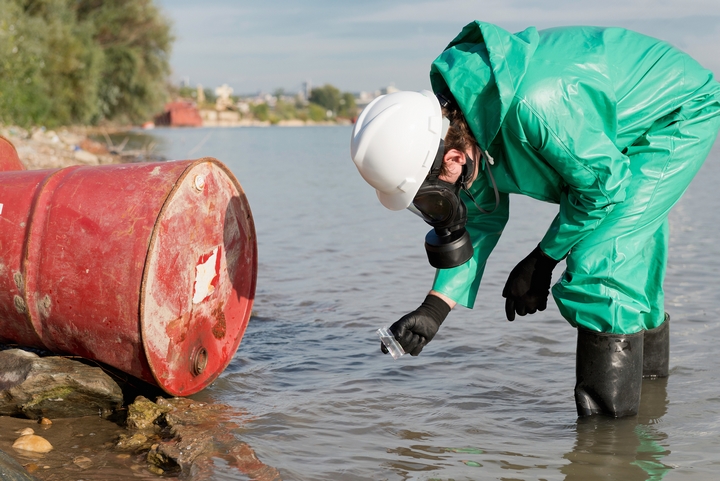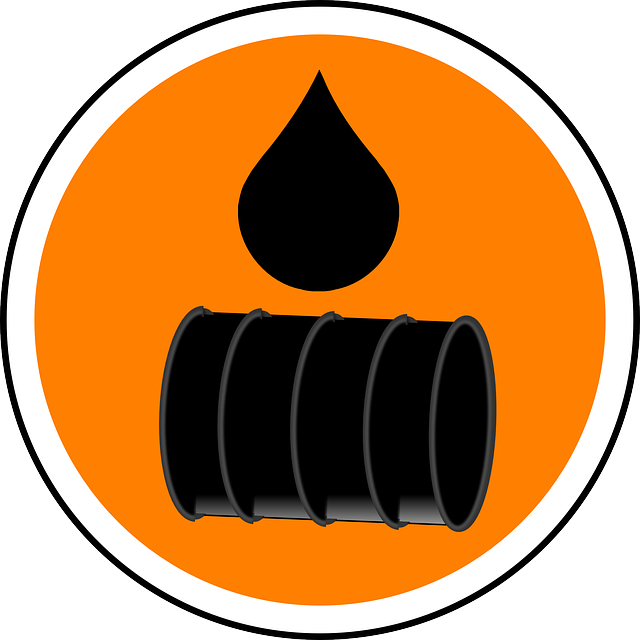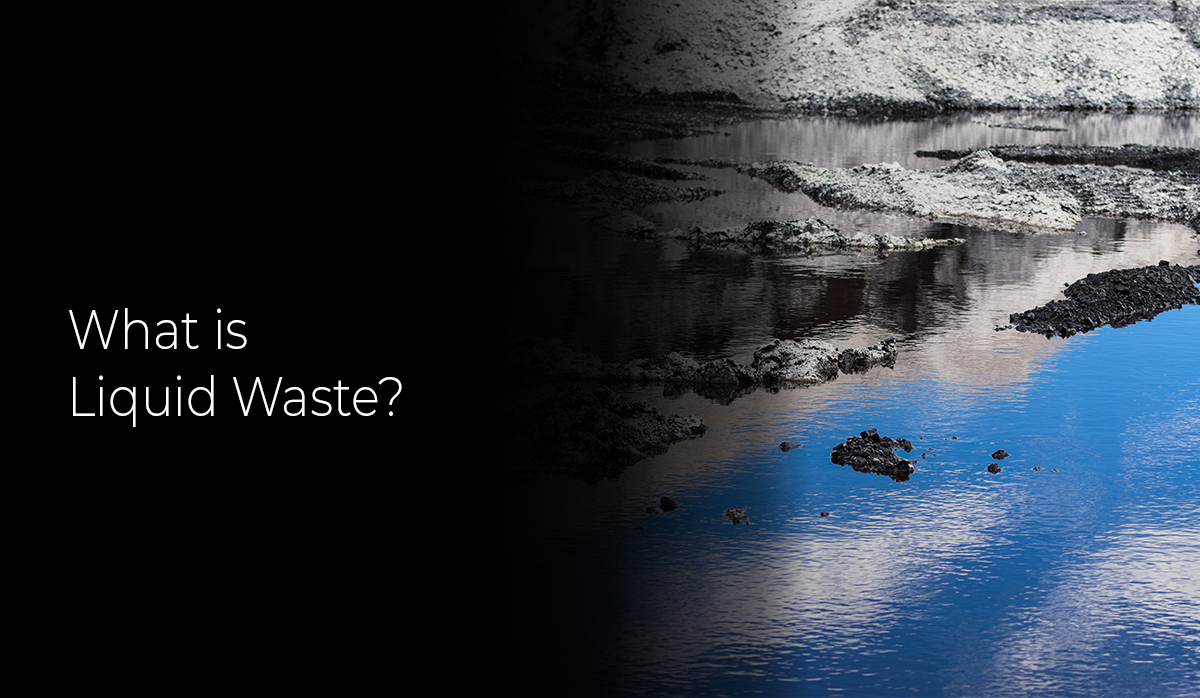Trusted Liquid Waste Disposal Melbourne: Safe and Efficient Solutions
Trusted Liquid Waste Disposal Melbourne: Safe and Efficient Solutions
Blog Article
Just How Liquid Waste Disposal Works: A Comprehensive Review of Techniques and Technologies Utilized

Review of Liquid Waste Types
The complexity of liquid waste kinds demands an extensive understanding of their attributes and implications for disposal. Liquid waste can generally be classified into numerous kinds, consisting of industrial, local, farming, and dangerous waste. Each group shows distinct residential properties, requiring particular monitoring techniques to alleviate environmental and health and wellness risks.
Industrial liquid waste stems from producing procedures and frequently includes an array of contaminants, such as hefty steels, solvents, and organic compounds. Community fluid waste, largely consisting of wastewater from houses and commercial facilities, includes raw material, nutrients, and pathogens (industrial wastewater treatment). Agricultural fluid waste, including drainage from ranches, may include fertilizers, chemicals, and animal waste, posturing threats to water top quality and communities
Harmful fluid waste is identified by its poisoning, reactivity, or potential to trigger harm. Recognizing these varied liquid waste types is important for establishing efficient disposal techniques and ensuring conformity with ecological laws.
Physical Therapy Techniques

Screening is the initial step, where larger fragments and particles are removed from the fluid waste using screens or grates. This process protects downstream equipment from damages and makes sure smoother operation. Complying with testing, sedimentation uses gravitational pressure to separate solids from fluids. In sedimentation containers, much heavier bits clear up at the bottom, forming a sludge layer, while the clarified fluid can be additional treated.
Filtering is another important technique that involves passing the liquid through porous products, such as sand or membranes, to record smaller sized bits. This action enhances the high quality of the liquid, making it suitable for subsequent therapy procedures.

Chemical Treatment Techniques
Chemical therapy strategies are essential for efficiently handling liquid waste, especially in attending to liquified and colloidal pollutants that physical techniques may not adequately remove. These strategies utilize various chemical representatives to neutralize, precipitate, or change dangerous substances right into much less harmful kinds.
One usual approach is coagulation and flocculation, where chemicals such as alum or ferric chloride are included to advertise the gathering of put on hold fragments. This procedure enhances sedimentation, permitting for much easier elimination of the resulting sludge. Furthermore, oxidation processes, utilizing agents like chlorine or ozone, are employed to break down complex natural substances and microorganisms, providing the waste much safer for discharge or further treatment.
Neutralization is another essential method, which adjusts the pH of acidic or alkaline waste streams to neutral degrees, stopping possible injury to downstream systems and the atmosphere. In addition, advanced oxidation procedures (AOPs) utilize mixes of oxidants and ultraviolet light to degrade consistent pollutants, achieving a greater degree of treatment effectiveness.
Biological Treatment Processes
Organic therapy procedures play a crucial duty in the management of liquid waste by using bacteria to decay raw material and decrease contaminant levels. These procedures can be broadly categorized right into anaerobic and aerobic therapies, each utilizing particular microbial areas to accomplish efficient waste deterioration.
Cardio treatment involves the usage of oxygen to assist in the failure of natural materials by bacteria. This procedure is generally carried out in activated sludge systems, where aeration storage tanks supply a favorable environment for microbial growth, resulting in the oxidation of organic toxins. The resultant biomass can be separated from dealt with effluent with sedimentation.
In contrast, anaerobic therapy occurs in the lack of oxygen, relying upon different microorganisms to break down raw material. This approach is especially helpful for high-strength waste, as it generates biogas, an eco-friendly power source, while lowering sludge manufacturing. Technologies such as anaerobic digesters are regularly employed in industrial and local applications.
Both anaerobic and cardio biological treatments not only lessen the ecological influence of liquid waste but additionally facilitate resource recuperation, making them necessary elements of sustainable waste management techniques. Their flexibility, performance, and efficiency support their prevalent implementation throughout numerous industries.
Arising Technologies in Disposal
Cutting-edge techniques to liquid waste disposal are swiftly evolving, driven by improvements in technology and a raising emphasis on sustainability. Amongst these arising innovations, membrane layer bioreactors (MBRs) have obtained traction for their capacity to combine organic treatment with membrane layer filtering, resulting in premium effluent that can be recycled in various applications. MBRs make it possible for smaller impacts and more reliable procedures contrasted to conventional systems.
An additional appealing growth is the use of anaerobic digestion integrated with nutrient healing technologies, which not only deals with fluid waste yet additionally generates biogas and recovers important nutrients like nitrogen and phosphorus. This double advantage boosts source efficiency and reduces environmental effect.
In addition, progressed oxidation procedures (AOPs) are being adopted for the degradation of complex organic toxins. These approaches use effective oxidants and stimulants to damage down impurities at the molecular level, supplying an extremely reliable solution for difficult waste streams.
Additionally, the combination of fabricated intelligence and artificial intelligence in waste management systems is maximizing operational effectiveness and predictive upkeep, causing reduced prices and boosted environmental conformity. These technologies mirror a considerable change towards more lasting and efficient liquid garbage disposal practices.
Final Thought
In final thought, effective fluid waste disposal necessitates an extensive understanding of different techniques and modern technologies. By continually advancing these methodologies, it ends up being possible to address the growing obstacles connected with liquid waste, inevitably adding to environmental protection and resource recuperation.
Liquid waste disposal is a critical element of ecological monitoring, requiring a comprehensive understanding of numerous strategies and innovations customized to different waste kinds. Liquid waste can generally be classified right into numerous types, including commercial, community, farming, and unsafe waste. Agricultural liquid waste, consisting of drainage from farms, might consist of fertilizers, chemicals, and pet waste, posturing threats to water quality and ecological communities.
Various physical treatment techniques play a industrial wastewater treatment solutions vital duty in managing fluid waste successfully - industrial wastewater treatment.In verdict, effective liquid waste disposal requires a thorough understanding of different methods and modern technologies
Report this page